Words of wisdom to your younger self
by Patricia Wright
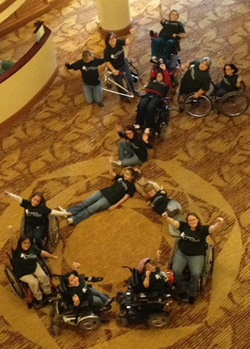
The Thrive group at its capstone event in Boston last December
Easter Seals has been supporting mentorship programs for many years, and if you read my post about the THRIVE program you know that last year we helped launch a mentorship program based at Easter Seals Massachusetts that is focused on young women with disabilities.
Sandy Ho is the Program Coordinator at Thrive, and now she is cooking-up a new awesome project. She’s gathering letters written from women with disabilities to their younger selves and publishing them on a site called Letters to Thrive:
The letters submitted here serve to empower, to be resourceful, to advise, to empathize, to be honest, to brag, to vent, to celebrate, to be heard, to be role models… but most of all to create community out of our shared life experiences.
There are several letters already on the Tumblr Site Letters to Thrive, and they are a great read. And don’t worry, you do not have to follow tumblr to read or submit a letter. The Letters to Thrive tumblr is available by the public, to anyone who has the link and anyone who searches for the letters online.
One letter on the site is written by a woman named Margie. I’ll copy a few lines from the beginning of her letter here to give you an idea of what the Letters to Thrive can be like. “Dear Margie, I know you recently received your first wheelchair,” she starts. “This process is very confusing to you right now. I’m aware of these things because I am the woman you’ll grow up to be.”
Margie continues, convincing her younger self to keep reading: “Don’t worry, I’m not crazy, and I know what I’m talking about. I’m writing you this letter to give some advice that I think will be helpful to you when coming to terms with having a disability.” I learned so much from reading letters like Margie’s on the Letters to Thrive site that I decided to write this blog post as a shout-out to encourage other women with disabilities to submit your letter to your younger self. Your years have brought wisdom, and hey, maybe it’s time to share that wisdom with the world. Margie chose to use her name in the letter she submitted, but other writers choose to remain anonymous. Many of the letters are simply addressed “Dear Younger Self.” Some end with, “Love from your future self.” So you can rest assured that your name can easily be omitted if that’s what you prefer. Thanks for reading — and writing!







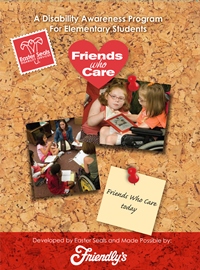

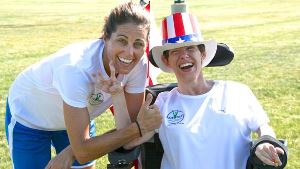
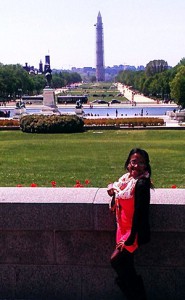
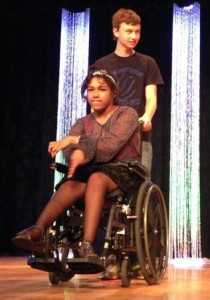
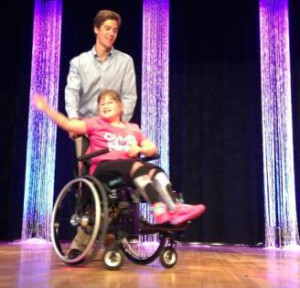

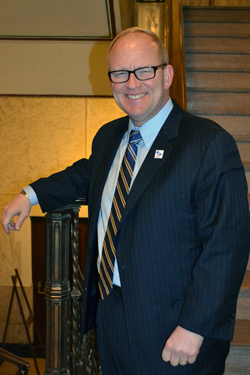
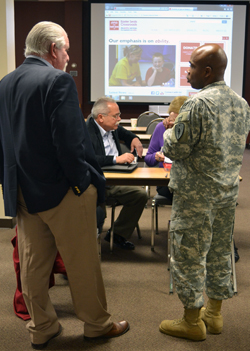
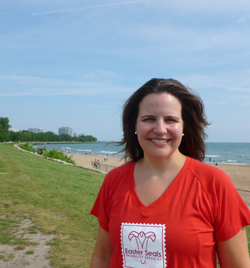 I am so pleased to introduce Amy Richmond as a guest blogger today. Amy is a member of the Easter Seals
I am so pleased to introduce Amy Richmond as a guest blogger today. Amy is a member of the Easter Seals